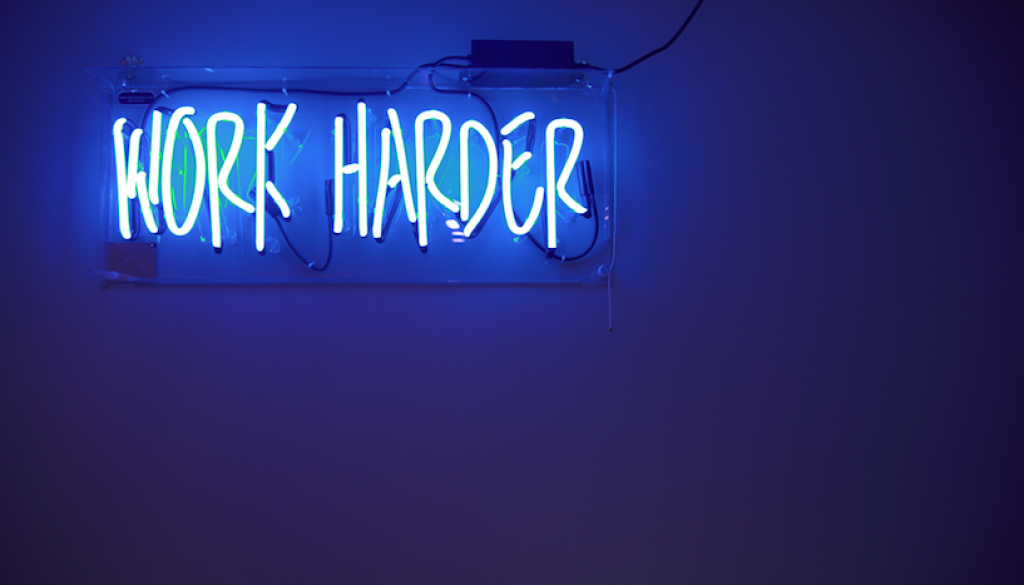Correspondence Bias – Definition and Examples
Have you ever noticed that when you see someone doing something annoying you tend to think it is because they are an annoying person? Rarely do you take a moment to think about the external circumstances that might lead them to this frustrating behavior. Instead you observe something, conclude that they are annoying, and move on with your day. This is just one of the many attribution errors we are prone to making.
Our tendency to do this, and so much of our everyday behavior and thinking can be explained by social psychology. It can help us make sense of why we buy the things we buy or treat people the way we do. Social psychology can also explain most of our social cognition. In other words, it can help us understand how we think about other people.
Correspondence Bias Definition
Correspondence bias is our tendency to to draw inferences about someone’s personality based on their behaviors, even when these behaviors can be completely explained by the situation. When we see someone behaving in a certain way we think it is because they always behave that way. We immediately make the assumption that they are just “that kind of person”. We do this even when there is a perfectly logical external factor motivating the other person’s behavior. In fact, it doesn’t matter if we are aware of the situation. Even when we know about the circumstances, we overlook them and instead infer that this person always acts this way.
Correspondence Bias Examples
Example One: Imagine that you are in your favorite cafe having some coffee. All of a sudden you hear someone enter who is talking on their cell phone. The cafe is relatively quiet so this person’s phone conversation is bothersome. You look up from your coffee annoyed at the intrusion and think, “what a rude person!”.
In reality this person is having a family crisis and she is on the phone with her daughters school so she can coordinate picking her up In general, this woman is not someone who talks on the phone in public spaces. However, this time it was nearly freezing outside and so loud that she couldn’t hear the person on the other end. She slipped into the cafe to try to finish this important conversation somewhere warmer and quieter.
Rather than giving her the benefit of the doubt and thinking about all the reasons she might be on the phone, you jumped to the conclusion that she is a rude person. You make a conclusion about her personality based on her behavior. But, you did not stop to consider all of the alternate explanations for her behavior.
Example Two: Pretend for a moment that you reached out and called your friend a few days ago because you wanted support with something. You really wanted to talk to him about something but he hasn’t called you back yet. You happen to know that this friend has his own things going on as well. Maybe you know that he is in the middle of a nasty divorce and is trying to move. But all you think is how inconsiderate it is that he hasn’t called you back yet.
You start to think, “wow my other’s friends were right when they said he didn’t care about other people”. Rather than taking a moment to pause and consider that he might be busy with a divorce and moving you take it personally. You attribute his behavior to his disposition and conclusion you come to is: he isn’t caring. You make this conclusion despite knowing that there might be other logical reasons for him not calling you back.
Why We Have This Bias
Social Psychology Research
Researchers Gilbert & Malone (1995) concluded that people have this bias for four main reasons.

Lack of Awareness

Belief Perisistance

Inflated Catagorization

Unrealistic Expectations
Essentially, this research shows that people make a correspondence bias for a number of reasons. You might make an attribution like this because you don’t know about the external factors that might have caused someone’s behavior. You might also make this kind of attribution because you have high expectations of how people will behave in situations. It might not matter to you if you know external factors because you expect people to behave in a certain way. Finally, even if you know about external factors and you know that you shouldn’t blame the person, it is still hard to correct your first attribution for their behavior. Due to belief persistence, even when we know we are wrong it is hard to correct our first belief.
Neuropsychology Research
Other researchers offer different explanations for why the correspondence bias happens. Lieberman, Gaunt, Gilbert, & Trope (2002) describe this bias as a reflexive process that happens neuropsychologically. These researchers found that biases and errors in judgement like this one were an immediate reflex that happens in the brain. They focused on two nephropathy for interpreting information, a reflexive one and a reflective one. The reflexive pathway controls our immediate responses and reactions. The reflective pathway allows us to critically think about things. The correspondence bias fell into the reflexive pathway, meaning that people make these attributions immediately without putting critical thinking into the judgements.
Correspondence Bias vs Fundamental Attribution Error
Sometimes the terms fundamental attribution error (FAE) and correspondence bias are used interchangeably. However, there is a difference between the two. The FAE is the tendency for people to attribute other’s behavior to internal causes rather than external causes. When we see someone behaving in a certain way we think it is because of something inside of them rather than the situation they are in.
The correspondence bias goes one step further. We don’t just attribute the behavior to something internal, we attribute it to the person’s personality or other enduring characteristics. The difference is that we think this is always how the other person is.
Correcting Our Biases
It is important to become aware of our biases so we can start to correct them. So much of our thinking is reflexive and automatic, but we can counteract that by bringing more mindfulness to our thoughts. You can start to do this by being aware of your snap judgements. The next time you notice yourself thinking “this must be how they always are”, see if you can pause. Take a moment to think of three situational factors that might have led to the other person’s behavior. This way we can respond to other with compassion rather than prejudice.
Receive updates from my blog!

